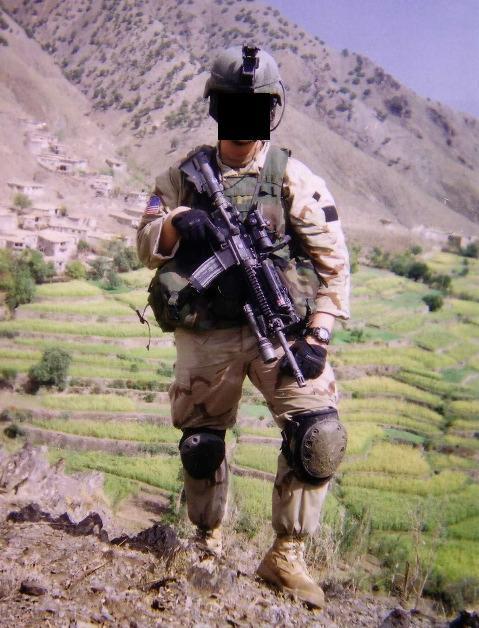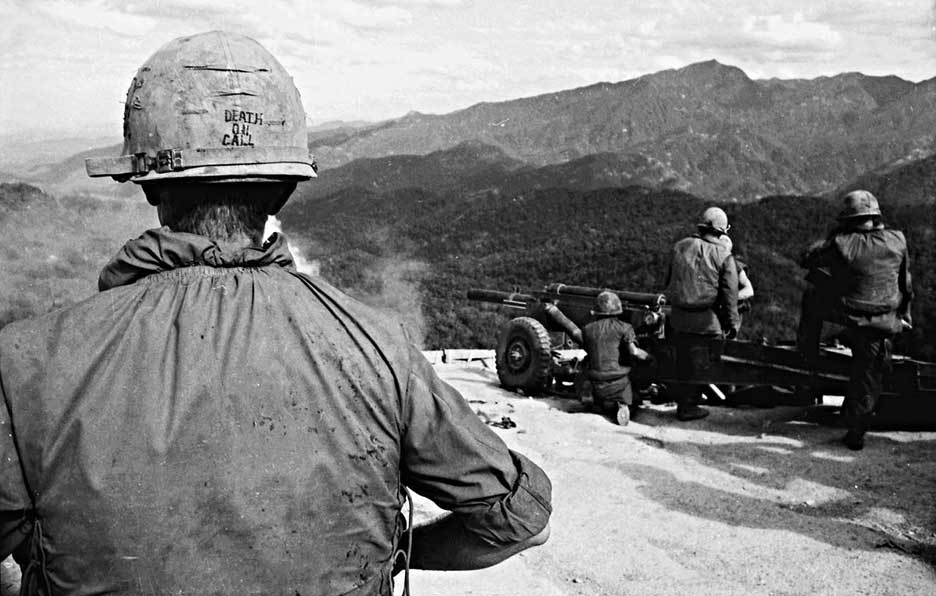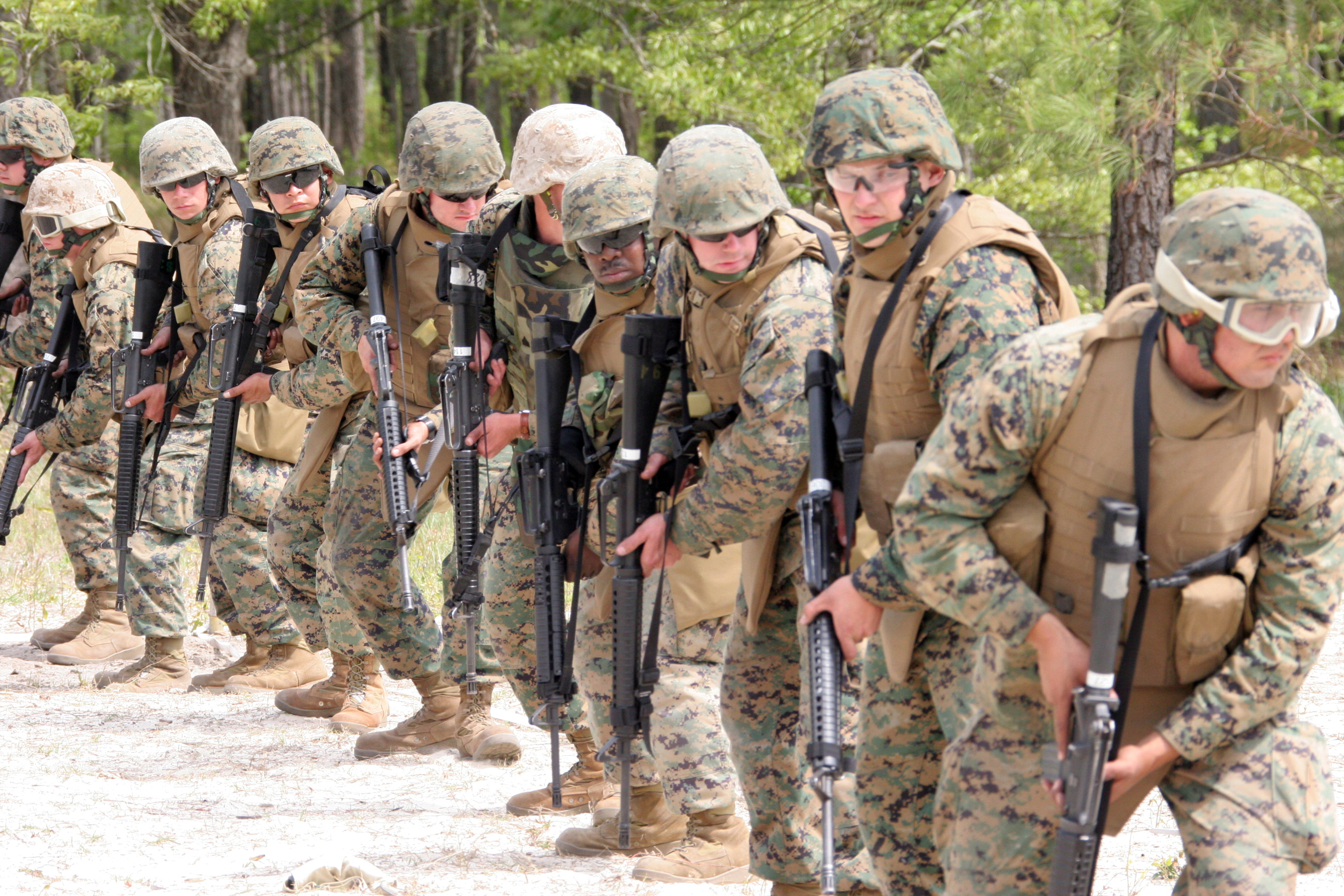

Further, we will build on our previous work by comparing the magnitude of various stressors on the same outcome variables (using data from our prior studies) to allow for comparisons between the Persian Gulf War and the current Operation Iraqi Freedom. More specifically, we propose to also describe the incidence, prevalence, and nature of symptoms associated with the type of deployment in OIF and service component (i.e., active, reserve, guard). Our survey design is based on previous experience with three TSNRP funded studies of Gulf War veteran women and we will randomly select and recruit 1200 Air Force women to determine the effects of various deployment experiences and work and family stressors on women's physical and mental health as well as on their likelihood to remain in military service. Therefore, the purpose of this project is to conduct a comprehensive cross-sectional study of women deployed in service of OIF, to disentangle the multiple, additive and interactive effects of war-related stressors including mobilization and deployment, and other predisposing factors that impact physical and mental health as well as retention in the armed forces. Despite the increased emphasis of health surveillance following the Persian Gulf War (PGW), there remains many unanswered questions regarding the effects of wartime deployment on key outcomes that directly influence the readiness posture of today's military force. "With a heavy dose of fear and violence, and a lot of money for projects, I think we can convince these people that we are here to help them." - Lt.The opportunity to study the health consequences of women serving in the most recent Operation Iraqi Freedom (OIF) in a timely fashion meets a critical and long-standing need. This is a master list of all SourceWatch Resources related to Operation Iraqi Freedom and the war in Iraq.

Note: The March 20, 2003, date is based on U.S. A total of 116 service members were killed in action during major combat operations, and another 25 died due to non-hostile causes such as accidents." The single worst day of Major Combat Operations was 23 March 2003, on which 30 American soldiers died. President Bush declared an end to major combat operations in Iraq on.
Operation iraqi freedom full#
These initial strikes were followed up by a heavy aerial bombardment and full invasion two days later." The attack began shortly after 6:00 am on Maand was followed up with a limited invasion by Army and Navy forces moving into Iraq from Kuwait. Bush opened the war on Iraq with a cruise missile strike on a home in Baghdad where Saddam was believed to have been along with one or more of his sons.

Operation Iraqi Freedom: "Two hours after a deadline for Saddam Hussein and his two sons expired George W.


 0 kommentar(er)
0 kommentar(er)
